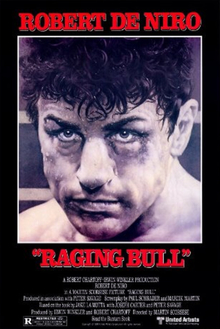
The Great Dictator (1940)
a film by Charles Chaplin
I can only imagine the hope that was brought by this film in the darkest hour of the war. I can only imagine the smile of the audiences when looking at the images were with good will and good humor Chaplin made fun and ease the heavy spirits of terrible times. And if I can summarize this great film in one line it would be: hope and good humor.
In The Great Dictator, Chaplin shows his genius when portraying Hickel, the dictator of Tomania, making his figure a cartoonish image of Hitler and bringing back to earth the heavy atmosphere of the time, reducing the ambition and the hatred of the time to a boy's tantrum. It is in making fun of the darkest times and finding hope in the regular people that Chaplin manages to deliver an amazingly beautiful story.
I watched this film with the bitter feeling of knowing the aftermath of the war but I was easily contaminated with the spirit of hope that it brings. All of this in the middle of the situations that made Chaplin a master of the comedy. He trascends from the silent movie and for the first time I had the great experience of hearing his voice.
It takes a genius to face the darkest hours with creativity and good humor. It takes a genius to master the physical comedy and deliver memorable images as that of Hinkel playing with the world. It takes a genius to pass on so much faith in the human nature and make you laugh at the same time. And while watching this movie I had no doubt this beautiful movie was the work of a genius.






